Once upon a time, if you were in the market for the best headphones you had a choice of two types. Most kids in the 70s had a single white earpiece plugged into a cheap radio. These things looked like a hearing aid, truth be told, so it was with sweet relief that we welcomed the Sony Walkman with its lightweight stereo phones, even if they did come with spongy orange pads.
Everyone else, the old and the middle-aged, made do with unwieldy metal things. Only David Bowie and Keith Moon of The Who managed to make these 'cans', as they were known to studio folk and the pretentious, look the business. The rest of humanity looked like dorky Cybermen. What people really didn't like about these headphones however was the wires that tied them to whatever piece of gigantic gear they were plugged into.
- The best headphones you can buy right now
- The best wireless headphones
Of course, these days everything from power tools to vacuum cleaners are shipped cordless, and you can't move for the best wireless headphones; or Bluetooth if you want to sound like you know what you're talking about. You'd think that would be the end of it but you there are a fair few sub-species of headphones to consider, some wired, some not. Let's get you up to speed on the various types, with a useful Q&A...
Black Friday music deals are fast approaching. Keep your eyes peeled to our Black Friday wireless headphones deals page for the very latest offers on the best budget wireless headphones, in-ears, over-ears and the best noise-cancelling headphones.

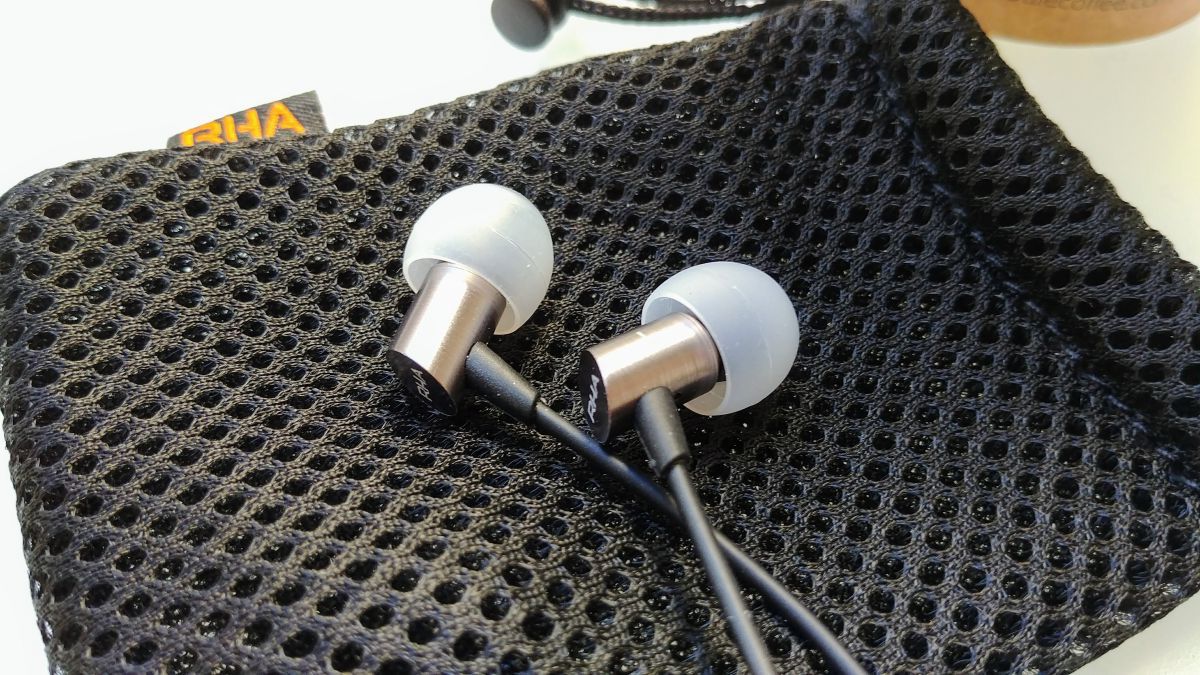
Q. What are in-ear headphones?
A. The clue is right there in the name. These are your basic earbuds that you panic buy at the airport when your old ones fall apart. You know the type: you spend the first hour of your flight trying to get them out of the packaging. In-ear buds cut a fair amount of background noise and, you might have noticed, offer varying levels of bass, mid and treble depending on how far you push them into your lug holes.
If you're a musician, you might have come across in-ear monitoring. The old school method of hearing your band's noise coming from an angled box on the front of the stage has given way to in-ear buds. These can be set at a much lower sound level than a regular monitor. Most pro musicians have these things custom moulded to fit snugly in their ears.
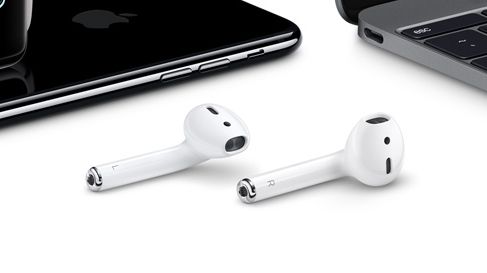
Q. Can I get wireless in-ear headphones?
A. Yes, and there are two main types. Bluetooth buds look like your average in-ear 'phones except they aren't connected to your phones or other Bluetooth device by a wire. The left and right ear buds are connected to each other with a wire.
- The best budget wireless headphones
- The best wireless headphones you can buy right now
- The best wireless headphones deals
The second type are described as true wireless. Most of us will be aware of true wireless buds because of the Apple Airpods. The left and right buds are completely independent of one another so you don't have that annoying wire tickling your chin or the back of your neck.
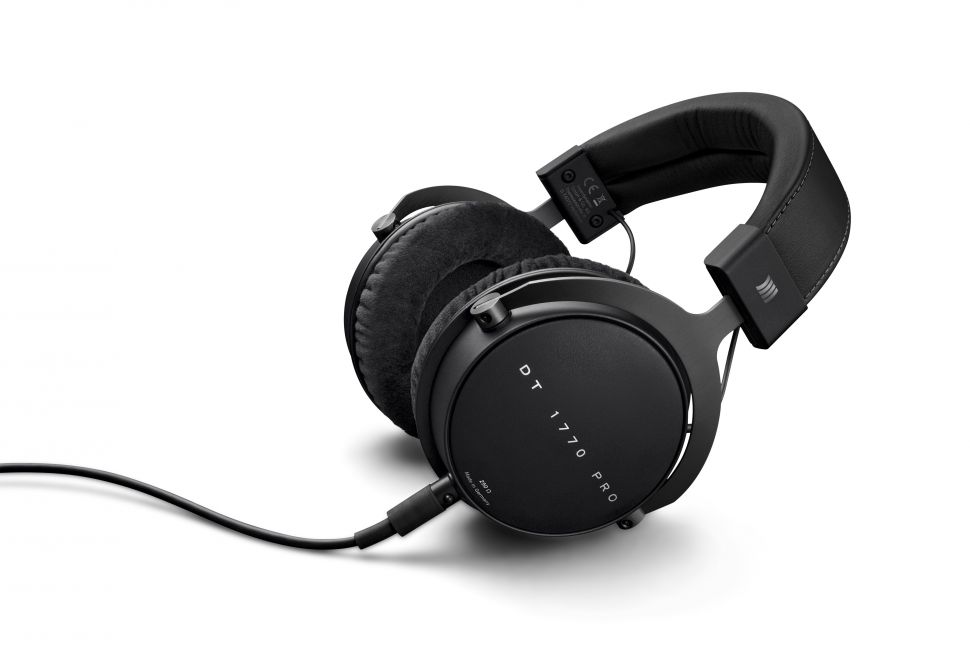
Q. What are over-ear headphones?
A. Over-ear headphones are the descendants of those big ass 'cans' Bowie used to clutch back in the day. These guys cover your entire ear for maximum isolation. These are still hugely popular in studio settings. The rest of us buy these when we want to block out the sound of crying babies or that knob that insists on shouting his entire travel itinerary into their mobile.
Q. Are over-ear headphones uncomfortable?
A. Actually, these days thanks to lightweight yet tough plastics, comfort isn't such an issue. That said, if you fancy something a bit less cumbersome, take a look a the ‘on-ear' option. It's not just a clever name. These phones sit on top of your lugs. They are designed to be more comfortable than over-ear stuff but they don't block out as much background noise as their bigger rivals.

Q. On and over-ear headphones are available wireless too, right?
A. Indeed, and you'll also find other spec options including noise cancelling circuitry. Beloved by travellers and commuters, and popularised by Bose, these 'phones remove almost all ambient background noise.
Q. What else do I need to know?
A. You need to pay attention to the spec sheets of your prospective purchases. Stuff like, are you getting an open or closed back? Some people prefer the airy delivery of open back 'phones. These things allow some ambient background noise into your eardrum. The effect is like listening to speakers in your living room. Closed back 'phones cut you off from the outside world for a more direct, and some say harsher, sound. You should try both before you part with your money.

Summary
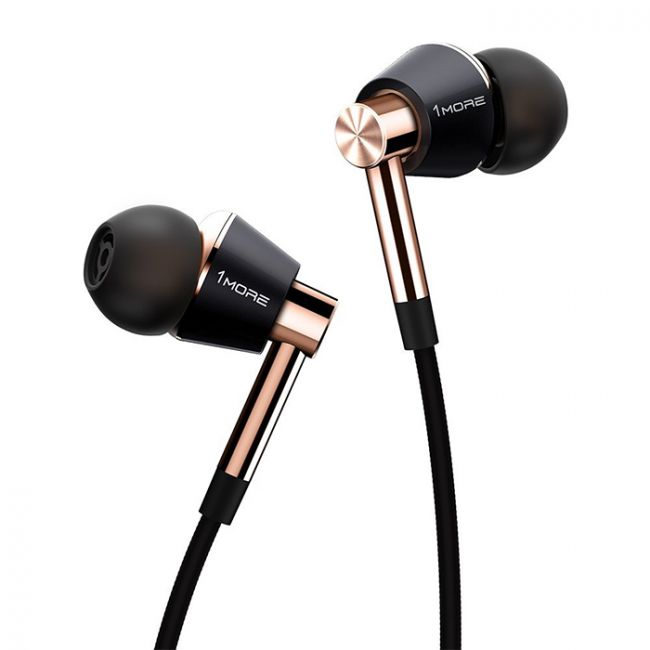
In-Ear Wired
Applications: music and movies on the move; monitoring phone calls and messages; sports and jogging
Strengths: good sound delivery yet affordable; highly portable
Weaknesses: not robust; wires get in the way
Check out: you can buy decent in-ear buds for around a tenner these days. If you're looking for something less disposable, the 1more Triple Driver 'phones (pictured above) cost around £70 and punch well above their price tag when it comes to sound quality. You get a built-in mic for making calls.
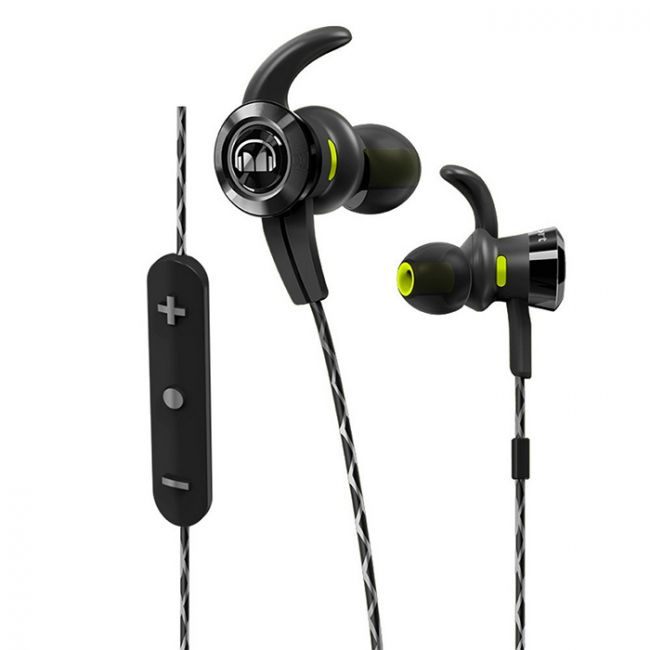
In-Ear Bluetooth
Applications: music and movies on the move; monitoring phone calls and messages; sports and jogging
Strengths: lack of cable makes them convenient; good sound quality
Weaknesses: connecting wires between left and right buds is a niggle
Check out: Available for under £60, the featherweight Monster iSport Victory In-Ear Bluetooth headphones (pictured above) have already garnered praise for durability, comfort and low cost make them one of the best choices for all you runners and joggers out there - they’re lightweight and the battery lasts ages.
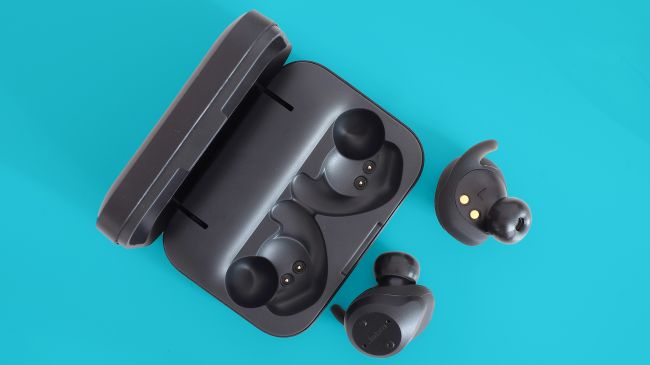
In-Ear True Wireless
Applications: music and movies on the move; monitoring phone calls and messages; sports and jogging
Strengths: no external wiring at all, obviously; great sound delivery;
Weaknesses: expensive; can be easy to misplace
Check out: the undisputed champion of the in-ear true wireless world are the Jabra Elite 65T (pictured above). You'll bag a pair for less than £150. They offer outstanding sound quality, a microphone for answering calls, and have rechargeable batteries that'll keep you going for around five hours.
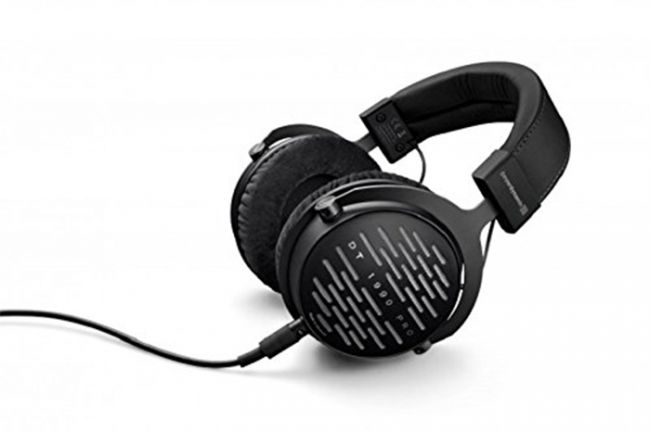
Over-Ear (wired and Bluetooth)
Applications: home and studio recording; home hi-fi geeks
Strengths: excellent isolation from ambient background noise
Weaknesses: bulkiest of the headphone options
Check out: The Beyerdynamic DT 1990 Pro (pictured above) are an audiophile’s dream with stunning resolution, soundstage and build quality.
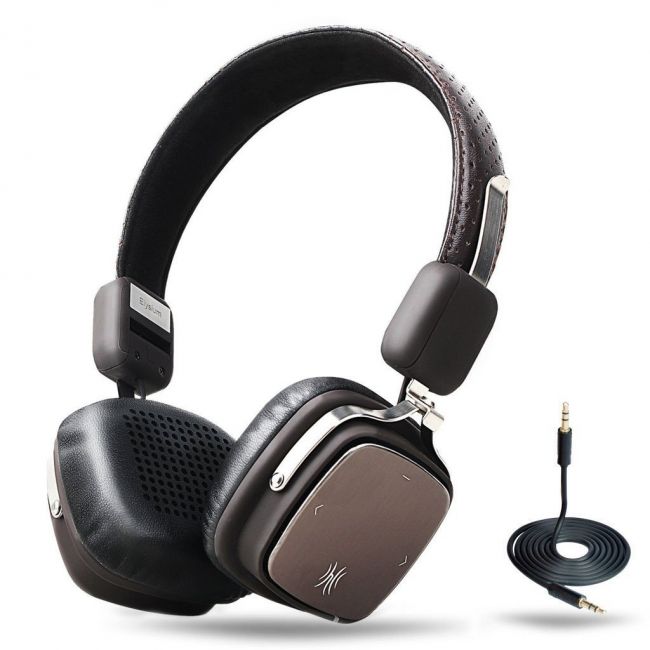
On-Ear (wired and Bluetooth)
Applications: home recording; music and movies on the move
Strengths: lightweight
Weaknesses: leakage of ambient background noise
Check out: The OneOdio On-Ear Wireless Bluetooth Stereo Headphones set [pictured above c£20] is a good place to start your search. Comfortable and affordable, they'll suit in-house use and your commute.
Further recommendations...
- The best bluetooth speakers you can buy right now
- Best headphones 2020: supercharge your music listening
- The best budget wireless headphones: wire-free and wallet-friendly
- Best in-ear headphones: Louder’s top choice wired and wireless earbuds
- The best phones for music lovers
- Less noise, more rock with the best noise cancelling headphones
- The best wireless headphones you can buy right now
- Block out noise, turn up the music with the best noise-cancelling headphones
- Best over-ear headphones: great options to suit all budgets
- The best smart speakers: find the right voice-assisted speaker for you
- View the Best Apple Airpods deals
- Shop for the best Bose deals
- Explore our pick of the best Sony headphones deals
- Check out the best Beats headphones deals

